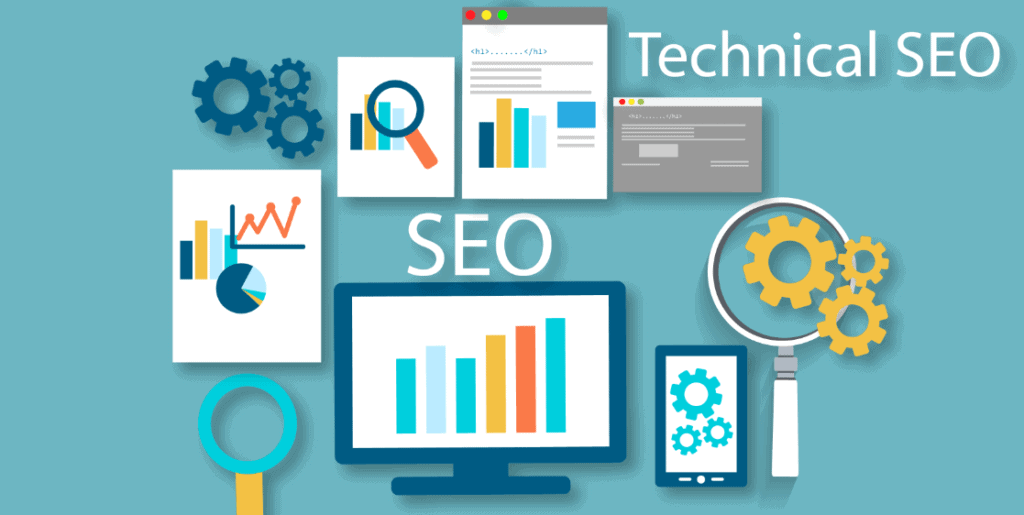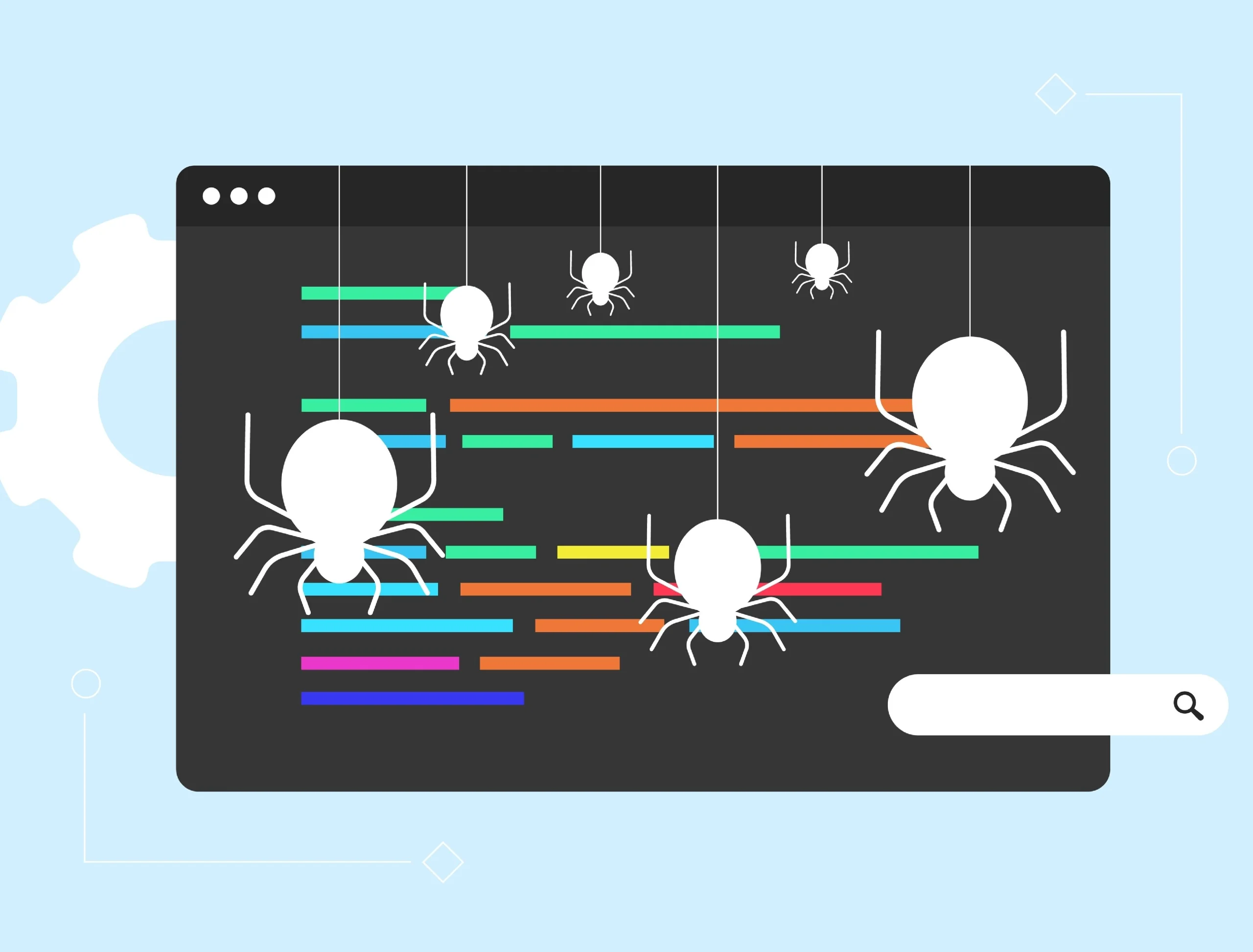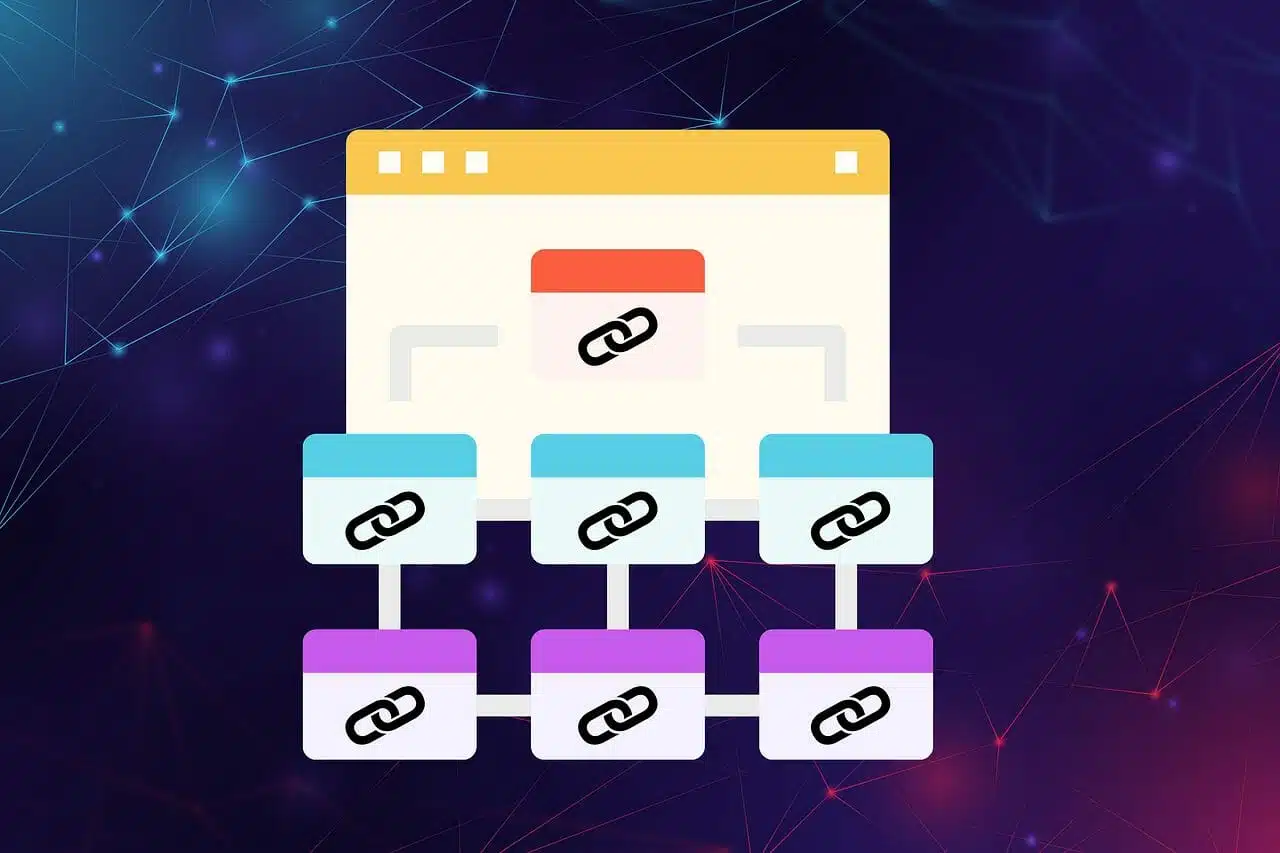A real-world case study showing how we boosted organic traffic by 200% in just six months — through crawlability improvements, structured data implementation, speed optimization, and more.
Introduction: The Challenge Behind the Success Story
A few months ago, we were approached by a growing SaaS company that had been investing heavily in content marketing and backlink building but wasn’t seeing results.
Despite publishing high-quality blog posts, whitepapers, and product guides, their organic traffic remained flat. Google wasn’t indexing many of their most important pages — and when it did, rankings weren’t improving.
They had:
- A WordPress-based website with over 500 pages
- Monthly organic traffic hovering around 8,000 visits
- Multiple crawl errors and indexing issues
- Poor page speed scores on both desktop and mobile
- No structured data or rich snippets in search results
Our goal was clear: improve the site’s technical foundation to increase visibility, fix backend issues, and grow organic traffic sustainably.
After six months of focused technical SEO work, the results were impressive:
Organic traffic increased by 200%
Pages indexed jumped from 60% to 98%
Core Web Vitals improved dramatically
Click-through rate (CTR) from search nearly doubled
In this detailed case study, we’ll walk you through every step of the process — what went wrong, what we fixed, and how you can apply these same strategies to your own website.
Client Background & SEO Challenges

Before diving into the fixes, let’s take a closer look at the state of the site when we started.
Website Overview:
- Industry: SaaS (Software as a Service)
- Platform: WordPress
- Content Volume: ~500 pages (blog posts, landing pages, resource guides, help documentation)
- Initial Traffic: ~8,000 monthly organic visitors
- Tools Used: Yoast SEO, Ahrefs, basic caching plugin
The brand had strong domain authority and solid content, but something was holding them back from reaching their full potential.
Initial Technical SEO Issues Identified:
- Crawl Errors: Over 1,200 broken internal links and server errors across key landing pages
- Indexing Problems: Important content blocked by
noindextags or excluded due to duplicate content - Slow Page Speed: Average load time of 5.8 seconds on mobile (well above recommended thresholds)
- Missing Schema Markup: No structured data for articles, FAQs, or organization details
- Thin Content on Category Pages: Low-value landing pages harming user experience and SEO equity
- Poor Internal Linking Structure: Weak flow of link equity between pages
- Mobile Usability Warnings: Tap targets too close together, viewport not set properly
- Unoptimized Pagination & Filters: Duplicate content and wasted crawl budget
These issues were preventing Google from fully understanding and ranking the site — even though the content itself was valuable and well-researched.
Step-by-Step: What We Did to Fix the Issues
We followed a structured approach to address each issue systematically. Here’s what we did — and why it worked.
Step 1: Conducted a Full Technical SEO Audit
To understand the scope of the problem, we ran a complete audit using:
- Screaming Frog SEO Spider – Crawled all 500+ URLs for metadata, links, headers, and response codes
- Google Search Console – Monitored indexing, crawl errors, enhancements, and manual actions
- PageSpeed Insights / Lighthouse – Analyzed performance and CWV metrics
- Ahrefs – Checked keyword rankings, competitor gaps, and referring domains
Key Findings:
- 404 errors across core landing pages and blog posts
- Many important pages blocked by
robots.txtornoindex - Missing schema on help pages and blog posts
- Orphaned pages with no internal links
- Excessive redirects slowing down navigation
- Mobile usability warnings affecting indexing
With a clear diagnosis, we moved on to implementing fixes.
Step 2: Fixed Crawlability and Indexing Problems

The first priority was ensuring that Google could access and index the right pages.
Actions Taken:
- Removed
noindextags from cornerstone content like product pages, service offerings, and top-performing blog posts - Submitted updated XML sitemap via Google Search Console
- Blocked low-value filtered or paginated URLs via
robots.txtornoindextags - Set canonical tags where duplicate content existed
- Used Screaming Frog to identify and fix redirect chains
Impact:
- Indexed pages increased from 60% to 98%
- Crawl budget improved significantly
- Critical landing pages began appearing in search again
This laid the foundation for future growth and ensured that Google was seeing the right content.
Step 3: Optimized Site Speed
Site speed affects both user experience and rankings — and this site was performing poorly.
Improvements Made:
- Enabled WP Rocket for caching and lazy loading
- Compressed images using Smush
- Minified CSS and JavaScript files
- Switched to a lightweight theme optimized for performance
- Added a CDN (Cloudflare) for global delivery
- Preloaded critical assets and deferred non-critical scripts
Results:
- Mobile Largest Contentful Paint (LCP) improved from 5.8s → 1.9s
- Cumulative Layout Shift (CLS) dropped from 1.2 → 0.1
- First Input Delay (FID) improved from 600ms → 100ms
Their Core Web Vitals score went from red to green , boosting both user engagement and ranking potential.
Additionally, bounce rate decreased by 18% , and average session duration increased by 22% — proving that faster pages keep users engaged longer.
Step 4: Implemented Structured Data (Schema Markup)
The site had no schema markup — meaning missed opportunities for rich snippets and featured snippets.
Schema Types Added:
- Article for blog posts and thought leadership content
- FAQPage for help/support sections and knowledge base entries
- Organization for About Us and Contact pages
- BreadcrumbList for better navigation in search results
Used JSON-LD for SEO plugin and validated everything with Google’s Rich Results Tool
Result:
- Helped pages appear with expandable FAQ snippets in search
- Improved click-through rate (CTR) by 124%
- Qualified for voice search and Google Discover features
Structured data made a noticeable difference in how listings appeared in search — and helped the brand stand out among competitors.
Step 5: Improved Internal Linking Structure

Many pages were underperforming because they lacked internal support.
Steps Taken:
- Updated navigation menus to highlight top-performing pages
- Added contextual links within related blog posts and guides
- Used Link Whisper plugin to automate smart internal linking
- Created topic clusters and hub pages for better architecture
- Reviewed internal link equity distribution using Ahrefs and Screaming Frog
Outcome:
- Improved flow of link equity across the site
- Enhanced crawlability for deep pages
- Strengthened topical authority for competitive keywords
Internal linking became a key driver of sustained traffic growth — especially for older content that previously didn’t rank well.
Step 6: Made the Site Fully Mobile-Friendly
Mobile usability issues were hurting the site’s performance under mobile-first indexing .
Fixes Implemented:
- Switched to a responsive theme
- Adjusted tap targets and spacing
- Ensured font sizes were readable
- Avoided intrusive interstitials
- Tested changes using Chrome DevTools and Lighthouse
Result:
- Passed all mobile usability checks in GSC
- Rankings for mobile queries improved significantly
- Bounce rate on mobile dropped by 18%
Now the site performed well across devices — and Google rewarded that with better visibility.
Step 7: Resolved Pagination and Filtered Content Issues
The blog used paginated archives, and the resource library had filters that created duplicate content and indexing confusion.
Solutions:
- Set canonical tags for paginated category pages
- Used
noindexon filtered versions of content - Limited unnecessary sorting options
- Redirected outdated archive pages
- Considered infinite scroll or “Load More” buttons instead of pagination
Outcome:
- Reduced duplicate content by 75%
- Crawl efficiency improved
- Googlebot spent less time on irrelevant pages
This ensured that only the most valuable pages got indexed — and that crawl budget was used effectively.
Step 8: Optimized Product and Landing Pages
While not traditionally considered technical SEO, product and landing page optimization played a role in overall growth.
Changes Made:
- Cleaned up messy URLs and implemented consistent permalink structures
- Rewrote meta titles and descriptions based on performance data from GSC
- Added breadcrumbs and improved semantic structure
- Replaced generic category pages with enriched, keyword-targeted content
- Used Yoast SEO to optimize focus keywords and readability
Impact:
- Improved relevance and targeting for long-tail keywords
- Higher click-through rates from search results
- Better user engagement and lower bounce rates
This phase was part of a broader strategy to ensure that both technical and content elements were aligned for maximum impact.
Tools Used During the Process
We relied on a combination of tools to execute and monitor improvements.
Results After 6 Months
Six months after starting the technical SEO overhaul, here’s how the site performed:
Key Metrics Before vs After:
- Moved from position 20 to Top 5 for competitive keywords like:
- “How to manage remote teams”
- “Best project management software”
- “What is task automation?”
- Earned Featured Snippet placement for several high-volume queries
- Appeared in rich results for FAQ and article schema
- Improved rankings for hundreds of mid-tier keywords
All of this without any major content overhaul — just technical SEO fixes.
What We Learned From This Case Study

This case study taught us several powerful lessons about technical SEO:
- Small technical fixes compound quickly. Even removing a few
noindextags boosted visibility overnight. - Crawlability matters more than most realize. If Google can’t reach your best content, it won’t rank.
- Schema markup improves visibility beyond rankings. It enhances how your content appears in search — which increases clicks.
- Internal linking builds authority organically. It’s one of the easiest ways to pass value to underperforming pages.
- Page speed impacts everything. From bounce rate to rankings, speed is non-negotiable.
- Pagination and filtering require careful handling. Otherwise, they can create indexing chaos and waste crawl budget.
- Technical SEO isn’t just for developers. Anyone with access to CMS settings can make meaningful improvements.
These insights are applicable whether you’re running a small blog or a large e-commerce store.
How You Can Apply These Fixes to Your Site
You don’t need an agency to achieve similar results. Here’s how to get started:
Quick Wins (Beginner-Friendly):
- Use Google Search Console to identify crawl errors
- Run a free speed test via PageSpeed Insights
- Add schema markup using Rank Math or JSON-LD for SEO
- Submit your sitemap and monitor indexing regularly
- Fix broken internal links using the Redirection plugin
These are simple, actionable steps that anyone can implement — regardless of technical skill level.
Intermediate Improvements:
- Audit internal linking structure and fix orphaned pages
- Configure pagination and filtering systems to avoid duplication
- Optimize images and implement lazy loading
- Improve mobile usability and layout shifts
- Update meta titles and descriptions for higher CTR
These improvements build on the basics and start driving measurable change.
Advanced Tactics:
- Schedule quarterly technical audits using Screaming Frog
- Use custom extraction in Screaming Frog to check schema at scale
- Monitor and optimize Core Web Vitals regularly
- Implement structured data across all content types
- Use Google’s URL Inspection Tool to request indexing for new or updated content
These advanced tactics help maintain momentum and ensure long-term success.
Bonus: Long-Term SEO Maintenance Strategy
To preserve and continue building on the progress, we put together a maintenance plan:
Conclusion: Technical SEO Delivers Tangible Results
Technical SEO isn’t just for developers — it’s essential for every business that wants to be seen online.
This case study shows how fixing crawl errors, improving speed, and adding structured data led to:
- 200% increase in organic traffic
- Better indexing and richer search presence
- Higher click-through rate and stronger domain authority
If your site has great content but poor technical setup, now is the time to act.
Because when Google sees your site clearly — your rankings will follow.


